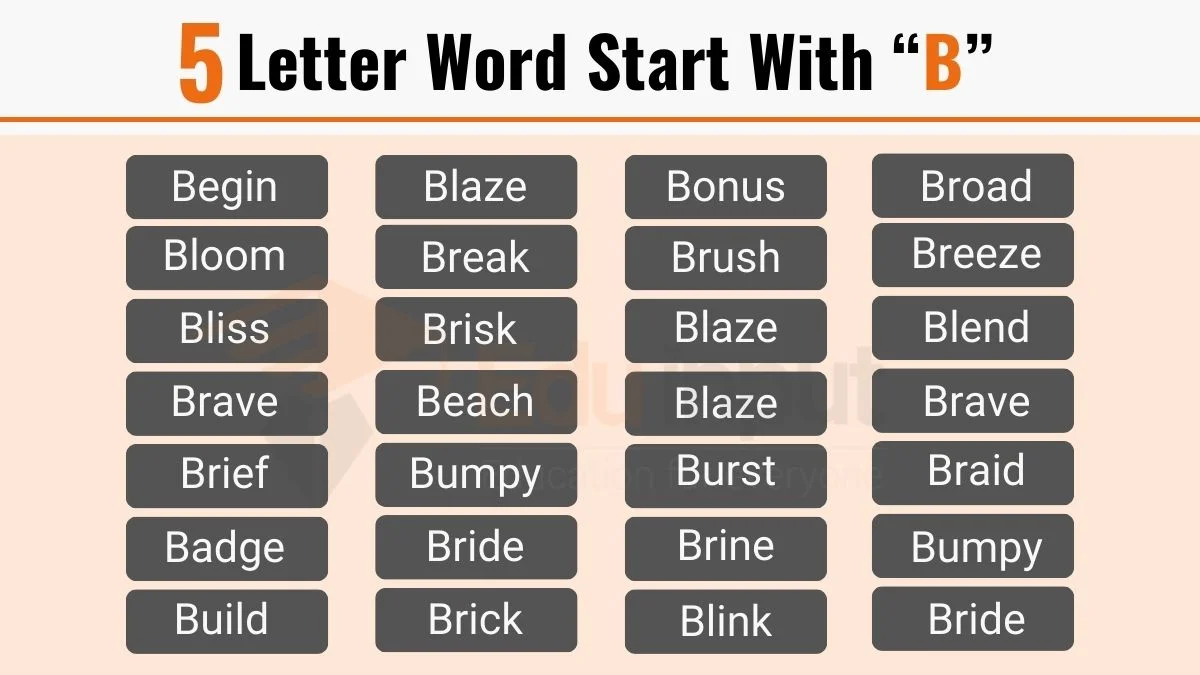Heal vs. Heel-Difference between and example
In the English language, the words “heal” and “heel” may sound similar, but they have distinct meanings and usage.

In this article, we will explore the differences between “heal” and “heel” to clarify their definitions and provide examples of their usage.
By understanding these terms, we can communicate more precisely and avoid confusion.
Let’s delve into the meanings of “heal” and “heel” to enhance our language skills.
Meanings and Examples
Heal Definition
The Definition of heal is,
Definition: “Heal” refers to the process of restoring health, well-being, or wholeness. It typically refers to physical or emotional recovery from an injury, illness, or trauma.
Examples of Heal
- With proper care and treatment, the wound will heal and leave no visible scar.
- Time can heal the pain of a broken heart, allowing emotional wounds to mend.
- The doctor prescribed medication to help heal the patient’s respiratory infection.
Heel Definition
The Definition of heel is,
Definition: “Heel” has multiple meanings, including: a) The back part of the foot, below the ankle. b) To obey or follow closely, often used when referring to dogs or individuals walking alongside someone. c) To tilt or lean to one side, especially when describing a ship.
Examples of Heel
- She slipped on a loose rock and landed on her heel, twisting her ankle.
- The well-trained dog walked obediently at its owner’s heel.
- The ship began to heel as strong winds pushed against its side.
Difference between Heal and Heel
| Category | Heal | Heel |
| Meaning | Process of restoring health or well-being | The back part of the foot, obedience, or tilting to one side |
| Example | “With proper care, the wound will heal and leave no visible scar.” | “She slipped on a loose rock and landed on her heel, twisting her ankle.” |
| Usage | Physical or emotional recovery, medical treatment | Anatomy, obedience, ship tilting |
| Context | Healing from injuries or illness, emotional well-being | Foot anatomy, dog training, ship navigation |
Usage in a Paragraph
Imagine a scenario where you are an avid runner training for a marathon. During one of your training sessions, you accidentally twist your ankle on an uneven surface, causing pain and swelling.
You know that it will take time and proper care for your injury to heal. So, you follow the RICE (Rest, Ice, Compression, Elevation) method to promote healing.
Gradually, as days go by, you notice the swelling subsiding, and the pain diminishing. The gradual healing process allows you to resume your training and prepare for the upcoming marathon.
While continuing your training, you encounter a fellow runner who has a well-behaved dog by their side.
The dog walks obediently at its owner’s heel, showcasing discipline and training.
The runner’s ability to control their dog’s movements and keep it close by their side demonstrates the concept of “heel” as a verb, describing the act of walking closely together.
In a separate scenario, you embark on a sailing adventure. As you navigate rough waters, you notice how the ship starts to tilt or heel to one side due to the force of the wind and waves.
This leaning motion of the vessel is a common occurrence in sailing and demonstrates another usage of “heel” to describe the tilting of a ship or boat.
Understanding the difference between “heal” and “heel” enables us to communicate accurately in various contexts.
“Heal” refers to the process of physical or emotional recovery and restoration of well-being, while “heel” refers to the back part of the foot, obedience, or tilting to one side.
By recognizing the nuances of these words, we can discuss the healing process, foot anatomy, and obedient behavior in a precise manner.
Whether talking about recovering from an injury or training a dog, knowing the distinction between “heal” and “heel” contributes to effective communication.







Leave a Reply